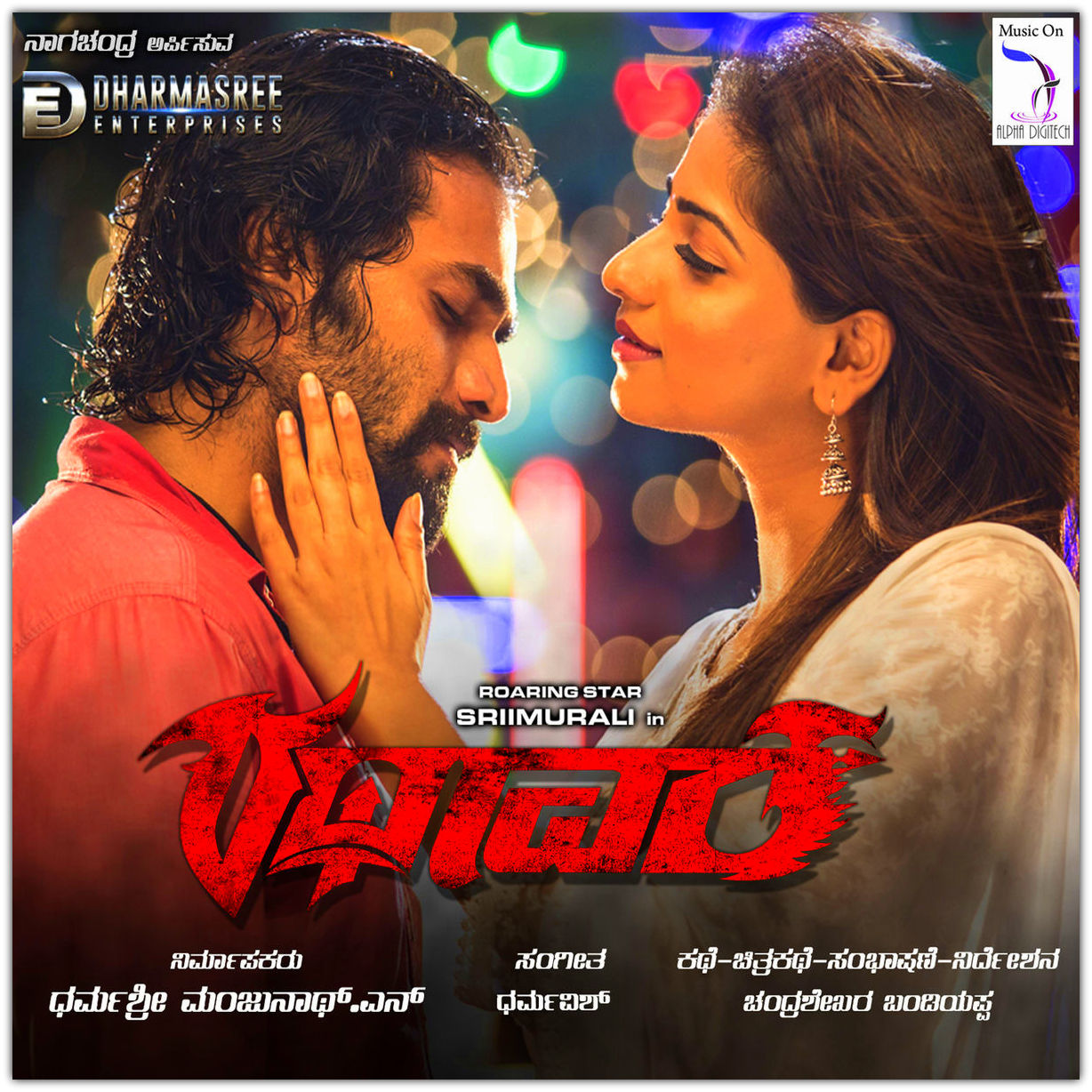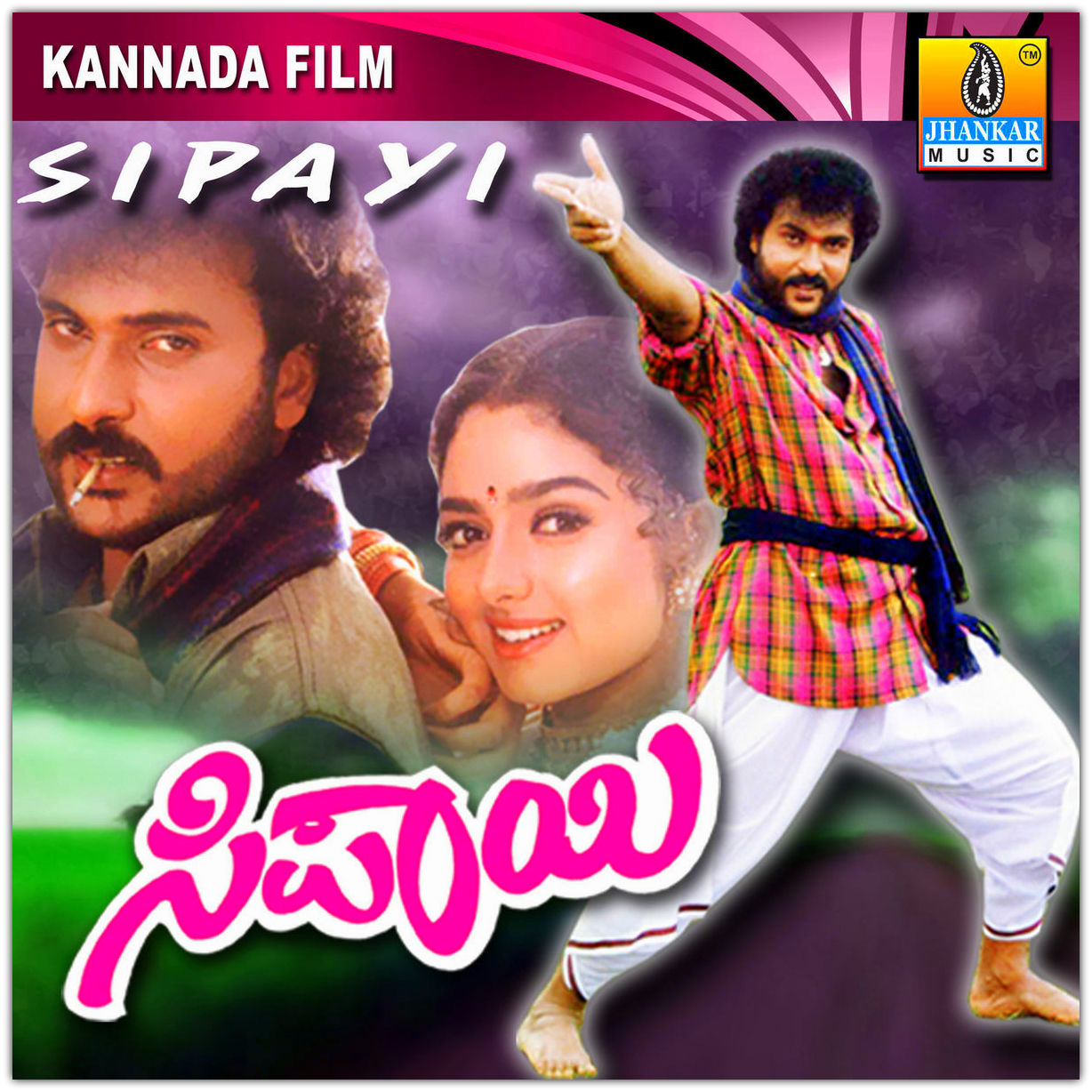Kannada is not just a language; it is a rich tapestry of history, culture, and identity that speaks to millions across the globe. Originating in the southern part of India, Kannada has a profound significance in the lives of its speakers. This article will explore the intricacies of the Kannada language, its cultural implications, and its relevance in today's world. We will delve into its history, literature, and the vibrant community that keeps this language alive.
The Kannada language boasts a long and illustrious history that dates back over a thousand years. With its unique script and diverse dialects, Kannada serves as a medium of communication for millions of people in Karnataka and beyond. In this article, we will cover various aspects of Kannada, including its linguistic features, literary achievements, and the role it plays in the cultural landscape of India.
In the following sections, we will break down the complexities of Kannada into digestible parts, allowing readers to appreciate this language's beauty and significance. Whether you are a linguist, a cultural enthusiast, or simply curious about Kannada, this comprehensive guide will provide valuable insights and knowledge.
Table of Contents
- History of Kannada
- Linguistic Features of Kannada
- Kannada Literature
- Cultural Significance of Kannada
- Current Status of Kannada
- Kannada in Education
- Resources for Learning Kannada
- Conclusion
History of Kannada
The history of Kannada is as rich as the language itself. Kannada belongs to the Dravidian language family, which also includes Tamil, Telugu, and Malayalam. The earliest inscriptions in Kannada date back to around the 5th century AD, with the Halmidi inscription being one of the oldest known examples. Over the centuries, Kannada evolved, influenced by various dynasties and cultures.
- The Ganga dynasty (4th to 10th century) played a crucial role in the development of Kannada literature.
- The Rashtrakuta dynasty (8th to 10th century) patronized poets like Adikavi Pampa, enhancing the literary landscape.
- The Vijayanagara Empire (14th to 17th century) witnessed a renaissance in Kannada literature and arts.
Influence of Other Languages
Throughout its history, Kannada has absorbed elements from Sanskrit, Tamil, and Urdu, making it a linguistically rich language. This blend has enriched its vocabulary and literary forms, allowing Kannada to express a wide range of emotions and ideas.
Linguistic Features of Kannada
Kannada is characterized by its unique script, which is derived from the Brahmi script. The language has a phonetic nature, meaning that it is pronounced as it is written. This section will explore the key linguistic features of Kannada:
- Script: The Kannada script consists of 49 letters, including vowels and consonants. It is written from left to right.
- Phonetics: Kannada has a rich inventory of sounds, including unique retroflex consonants.
- Grammar: Kannada grammar includes features like noun cases, verb conjugations, and gender distinctions.
Dialects and Variations
Kannada has several dialects that vary across different regions of Karnataka. Some notable dialects include:
- Havyaka: Spoken mainly in the northern regions.
- Arebhashe: Popular among the Arebhashe community.
- Malnad: Influenced by the hilly terrain of the Malnad region.
Kannada Literature
Kannada literature has a rich heritage that spans centuries. From ancient poetry to modern novels, the literary contributions of Kannada have gained recognition nationally and globally.
- Classical Literature: The works of poets like Pampa, Ranna, and Janna are considered classics. Their themes often revolve around heroism, devotion, and morality.
- Modern Literature: The 20th century saw the emergence of great writers like Kuvempu, B. M. Srikantaiah, and U. R. Ananthamurthy, who explored contemporary issues through their writings.
Notable Works
Some notable works in Kannada literature include:
- Ramayana Darshanam by Kuvempu
- Ghachar Ghochar by Vivek Shanbhag
- Malegalalli Madumagalu by K. Shivarama Karanth
Cultural Significance of Kannada
Kannada is not only a language but a vital part of the cultural identity of Karnataka. Festivals, music, dance, and art forms are deeply intertwined with the language.
- Festivals: Festivals like Karaga, Ugadi, and Dussehra are celebrated with great zeal, showcasing the rich traditions of Kannada culture.
- Music and Dance: Traditional forms of music such as Sugama Sangeetha and Yakshagana performances highlight the vibrancy of Kannada arts.
Role in Social Identity
For many, speaking Kannada is a matter of pride. The language serves as a unifying force that brings together diverse communities within Karnataka, fostering a sense of belonging and identity.
Current Status of Kannada
In recent years, Kannada has faced challenges due to globalization and the influence of other languages. However, efforts to promote Kannada in education, media, and technology have gained momentum.
- Media: Kannada television channels, newspapers, and online platforms play a significant role in promoting the language.
- Technology: With the advent of digital technology, various apps and platforms are now available for learning Kannada.
Government Support
The Government of Karnataka has implemented several initiatives to promote Kannada, including:
- Kannada as a medium of instruction in schools
- Encouragement of Kannada literature and arts through awards and grants
Kannada in Education
Kannada plays a significant role in the education system of Karnataka. It is taught as a first or second language in schools and universities, ensuring that the younger generations remain connected to their linguistic heritage.
- Curriculum Development: The Karnataka State Education Department has developed comprehensive curricula to teach Kannada at various educational levels.
- Higher Education: Several universities in Karnataka offer courses in Kannada literature, linguistics, and cultural studies.
Challenges in Education
Despite its importance, Kannada education faces challenges such as:
- Limited resources in rural areas
- Competition from English and other languages
Resources for Learning Kannada
For those interested in learning Kannada, various resources are available:
- Online Courses: Platforms like Duolingo and Kannada Baruthe offer interactive lessons.
- Books: Numerous textbooks and guides are available for learners at all levels.
- Community Programs: Local community centers often organize Kannada language classes and cultural events.
Conclusion
In conclusion, Kannada is a language with a rich history, vibrant culture, and significant literary contributions. Its relevance continues to thrive in contemporary society, and efforts to promote and preserve it are crucial. As we embrace globalization, understanding and appreciating languages like Kannada can bridge cultural gaps and foster unity among diverse communities.
We encourage readers to share their thoughts in the comments, explore more about Kannada, and engage with the rich cultural heritage that this language represents. Whether you are a learner, a speaker, or simply curious, there is always more to discover about Kannada!
Thank you for exploring the world of Kannada with us. We look forward to seeing you again on our site for more engaging articles!




